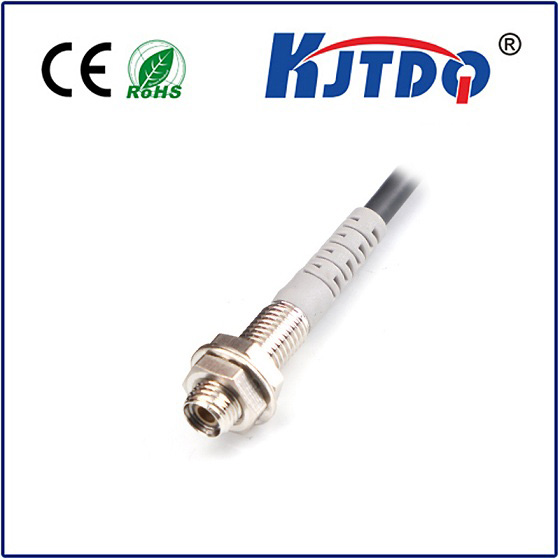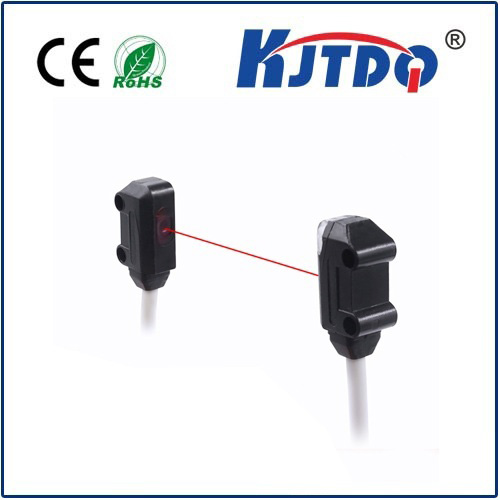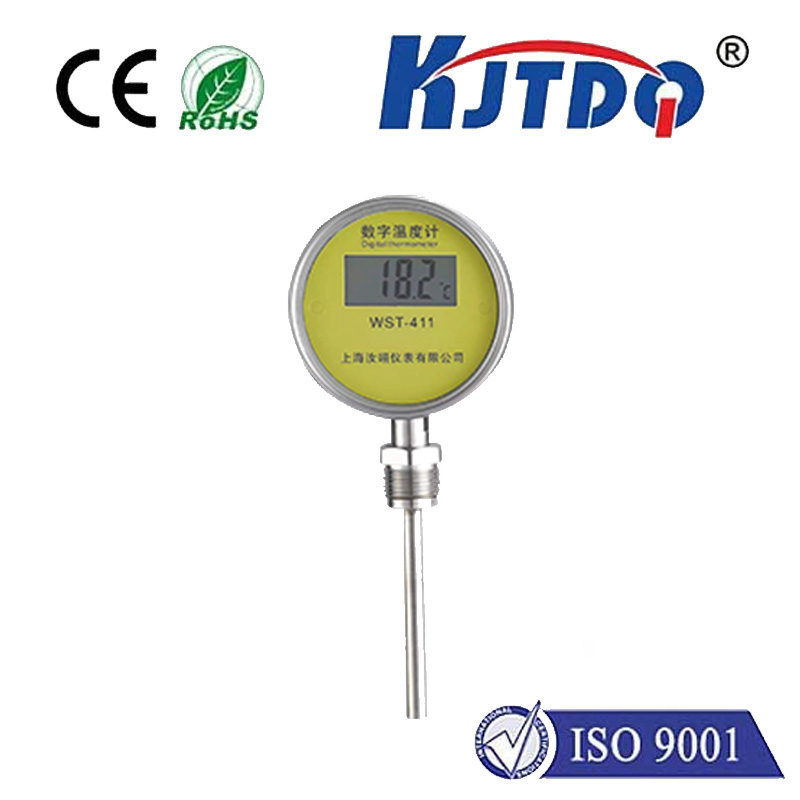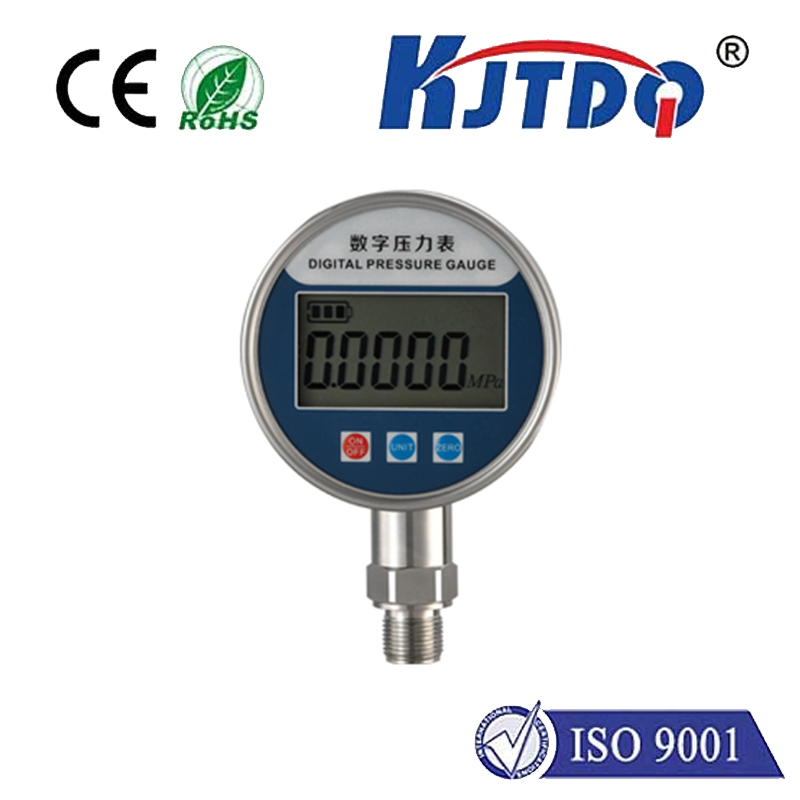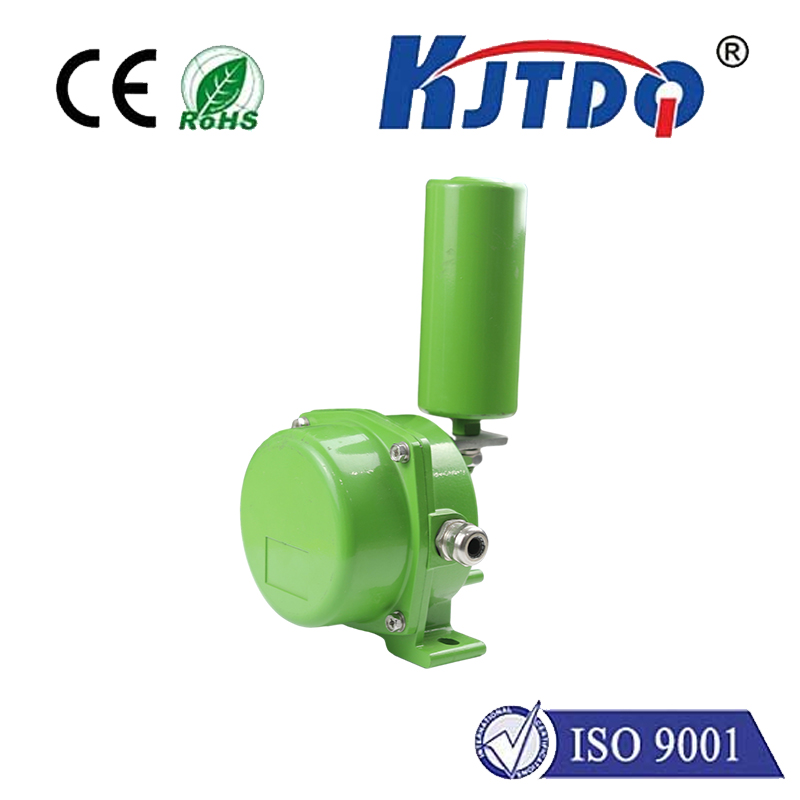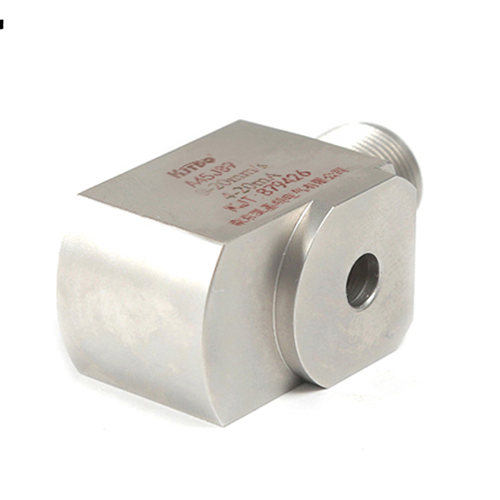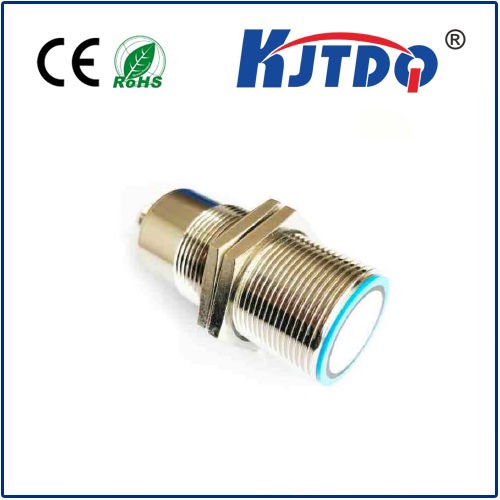endstop switch
- time:2025-08-01 12:25:41
- Click:0
Understanding Endstop Switches: Precision & Safety in Automated Systems
Imagine a high-speed robotic arm swinging through its programmed path, or a powerful CNC machine carving intricate designs into metal. What prevents these marvels of automation from moving too far, crashing into their own structures, or potentially causing damage or injury? Often, the unsung hero ensuring this vital boundary protection is a remarkably simple yet crucial component: the endstop switch.
The Essential Role of an Endstop Switch
At its core, an endstop switch is a specialized type of limit switch. Its primary function is to detect when a moving part of a machine has reached a predefined physical limit of its travel. Think of it as a sophisticated “touch sensor” positioned at critical points along an axis of movement. When the moving carriage, tool head, gantry, or actuator physically contacts the switch’s actuator (a lever, button, or roller), it triggers a signal. This signal acts as an immediate, unambiguous communication to the machine’s control system: “Stop! This is the boundary.”
This seemingly simple action underpins two fundamental pillars of automated system operation:
- Machine Protection & Safety: Preventing catastrophic collisions is paramount. Without endstops, a machine could drive its motors beyond mechanical limits, potentially stripping drive belts, bending leadscrews, damaging linear rails, smashing tooling, or even causing structural damage to the machine frame itself. Endstops provide a fail-safe physical barrier, halting movement before destruction occurs.
- Precise Positioning & Homing: Many automated systems, especially CNC machines, 3D printers, and robotic arms, rely on knowing their exact starting position (the “home” position) before executing any programmed tasks. Endstops serve as the reference points for this homing function. When the machine initiates a homing sequence, it deliberately moves towards an endstop switch on each axis. Upon triggering the switch, the system knows it has reached a precisely defined physical datum point and can then accurately calculate all subsequent positions relative to that origin. This is critical for achieving dimensional accuracy.
How Endstop Switches Work: Mechanics & Signals

The principle behind most mechanical endstops is elegantly straightforward:
- Physical Contact: The moving machine part physically contacts the actuator mechanism of the switch.
- Internal Mechanism Activation: This contact overcomes spring tension and forces internal electrical contacts to change state (open or close).
- Signal Transmission: The change in the electrical state (e.g., from normally open (NO) to closed, or normally closed (NC) to open) sends a distinct electrical signal to the machine’s controller. This signal is processed instantly.
- Controller Response: The controller interprets the signal as a command to stop motion immediately on that specific axis.
Common Types of Endstop Switches
While all serve the same fundamental purpose, different endstop switch designs are suited to varying environments and requirements:
- Mechanical Microswitches: These are the most common and often most affordable type. They feature a small lever or button actuator. Pros: Simple, robust, provide a clear tactile ‘click’ upon activation. Cons: Susceptible to wear over time due to physical contact, potential for switch ‘bounce’ (rapid on-off signals) that needs filtering in software. They are ubiquitous in consumer 3D printers and many hobbyist CNC machines.
- Optical Endstops: Instead of physical contact, these use an infrared light beam and a sensor. An “interrupter” flag attached to the moving part passes through this beam, blocking the light, which triggers the signal. Pros: Non-contact operation means virtually no wear, very fast response times, no physical bumps or vibrations. Cons: Typically more expensive than mechanical switches, potentially sensitive to dust, debris, or ambient light interference if not well-shielded. Often found in higher-precision applications or where minimal physical interaction is desired.
- Hall Effect Endstops/Magnetic: These detect the presence of a magnetic field. A magnet is mounted on the moving part. When it comes close to the sensor, the Hall effect device generates a voltage change, signaling activation. Pros: Non-contact, very reliable, immune to dust/dirt, long lifespan. Cons: Requires careful alignment of magnet and sensor, generally more expensive than microswitches. Common in industrial settings or high-reliability applications.
- Inductive Proximity Sensors: These sense the presence of conductive metal targets without physical contact, using an electromagnetic field. Pros: Non-contact, very robust in dirty environments, long operational life. Cons: Only work with metal targets, require specific sensing distances, usually larger and more expensive than microswitches. Primarily used in industrial automation.
- Mechanical Lever Switches (Heavy-Duty): These resemble standard industrial limit switches with rugged metal levers and rollers. Pros: Extremely robust, can handle significant force, suitable for harsh industrial environments. Cons: Bulkier, slower response time, more expensive. Used on large CNC machines, industrial robots, and heavy machinery.
Beyond Stop: Key Functions Enabled by Endstops
While preventing crashes and enabling homing are the primary roles, endstop switches contribute significantly to overall system performance:
- Axis Limit Definition: They clearly define the minimum and maximum travel allowed for each axis.
- Emergency Stop Trigger: In critical situations, wiring an endstop to trigger an e-stop circuit adds another safety layer.
- Repetitive Accuracy: Consistent homing via reliable endstops ensures the machine starts each job from the exact same position, crucial for repeatable production quality.
- Software Calibration: Having a known physical reference point allows software to compensate for mechanical variations or wear, maintaining accuracy over time.
Selecting and Implementing Endstop Switches
Choosing the right endstop switch involves several considerations:
- Environment: Dusty? Wet? High vibration? Optical sensors might struggle with dust; inductive or robust mechanical switches fare better. Hall effect offers good dust immunity.
- Precision Needed: Optical and Hall effect sensors offer the highest precision and repeatability due to non-contact triggering.
- Required Force/Speed: Heavy axes require switches that can withstand significant impact force; high-speed axes need switches with very fast response times.
- Durability/Lifespan: Expected duty cycle matters. Mechanical switches wear; optical and magnetic typically last longer under constant use.
- Cost: Microswitches are cost-effective for many applications; optical/Hall effect/inductive are pricier but offer advantages.
- Electrical Compatibility: The switch must interface correctly with the machine’s controller (voltage levels, signal type - NO/NC).
Proper placement and mounting are critical. The switch must be positioned so the moving part reliably engages the actuator before it reaches a point where damage could occur. Mounting must be rigid to prevent switch movement or misalignment. Wiring should be secure and shielded if necessary to prevent electrical noise interference. Aligning homing flags or magnets precisely to optical/Hall effect sensors is essential for accurate triggering.
In Conclusion: The Silent Guardian
The endstop switch, often small and inconspicuous, is a fundamental component vital for the safe, accurate, and reliable operation of countless automated machines. From the intricate layers of your desktop 3D printer to the powerful movements of industrial robotic arms, these simple sensors define boundaries and provide critical positional reference.






